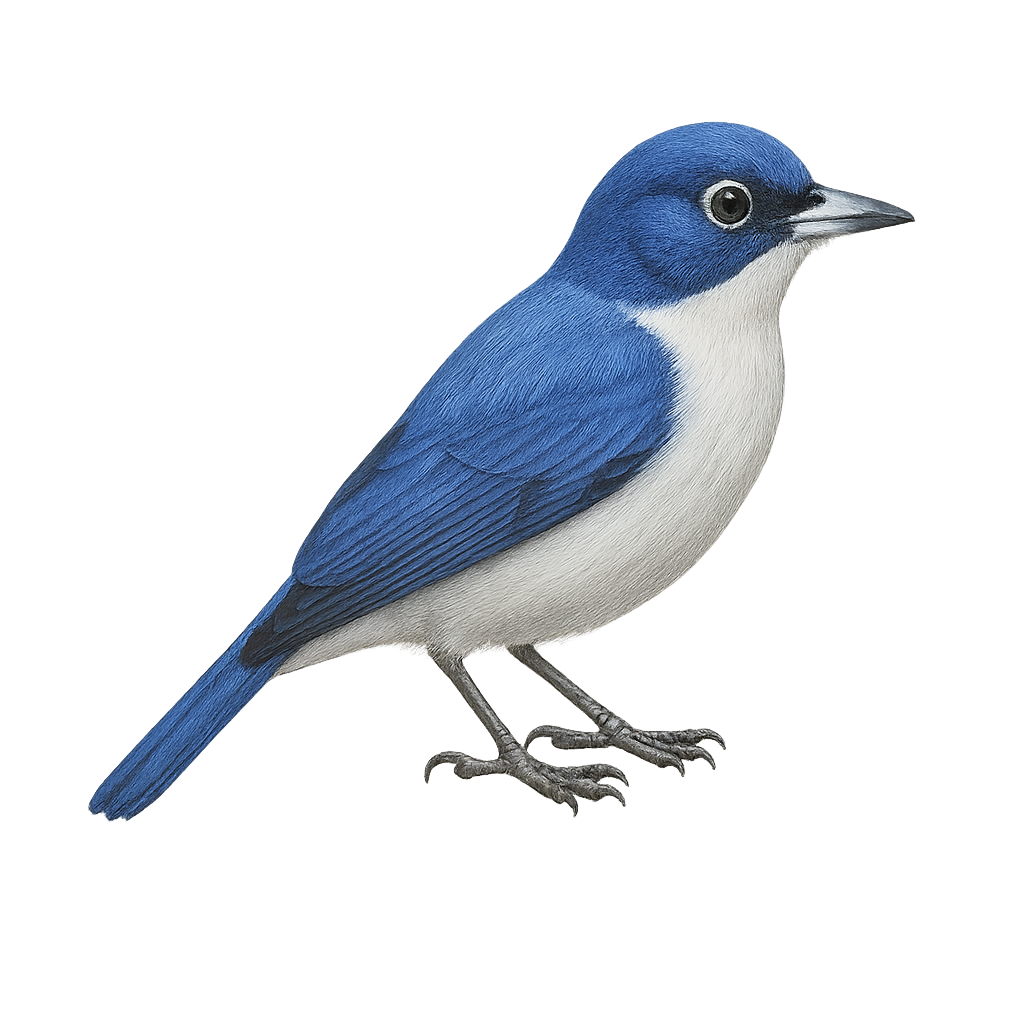Your wildlife photography guide.
Explore the madagascar blue vanga in detail, study its behavior, prepare your shots.
Where to observe and photograph the madagascar blue vanga in the wild
Learn where and when to spot the madagascar blue vanga in the wild, how to identify the species based on distinctive features, and what natural environments it inhabits. The WildlifePhotographer app offers tailored photography tips that reflect the madagascar blue vanga’s behavior, helping you capture better wildlife images. Explore the full species profile for key information including description, habitat, active periods, and approach techniques.
Madagascar Blue Vanga
Scientific name: Cyanolanius madagascarinus

IUCN Status: Least Concern
Family: VANGIDAE
Group: Birds
Sensitivity to human approach: Suspicious
Minimum approach distance: 10 m
Courtship display: October to December
Incubation: 15-17 jours
Hatchings: October to January
Habitat:
humid forests, wooded areas
Activity period :
Primarily active during the day, with peak activity in the morning and late afternoon.
Identification and description:
The Madagascar Blue Vanga, or Cyanolanius madagascarinus, is an endemic bird of Madagascar, belonging to the Vangidae family. It is characterized by its striking blue plumage and black facial mask, contrasting with its white belly. This bird is mainly found in the island's humid forests and wooded areas. It primarily feeds on insects and small invertebrates, which it skillfully captures with its robust beak. The Madagascar Blue Vanga is a diurnal bird, active mainly during the day. Although it is relatively not very shy, it remains cautious and prefers dense areas to hide from predators. Its population is currently stable, but deforestation poses a potential threat to its natural habitat.
Recommended lens:
400 mm – adjust based on distance, desired framing (portrait or habitat), and approach conditions.
Photography tips:
To photograph the Madagascar Blue Vanga, it is advisable to use a telephoto lens of 400mm or more to capture detailed images without disturbing the bird. Look for dense forest areas where this bird is active during the day. Be patient and discreet, as although it is not very shy, it remains cautious. Use a tripod to stabilize your camera and wait for the bird to perch on an open branch to get sharp and well-lit shots.
From knowledge to field practice
A species profile helps you understand an animal. In the field, the challenge is often different. Remembering your own observations.
The WildlifePhotographer app allows you to:
• record your personal observations
• note locations, dates, and behaviors
• revisit your field references over time
• build a private and long-term field logbook
The app does not provide observation locations.
It helps you organize what you actually observe, with respect for wildlife.

